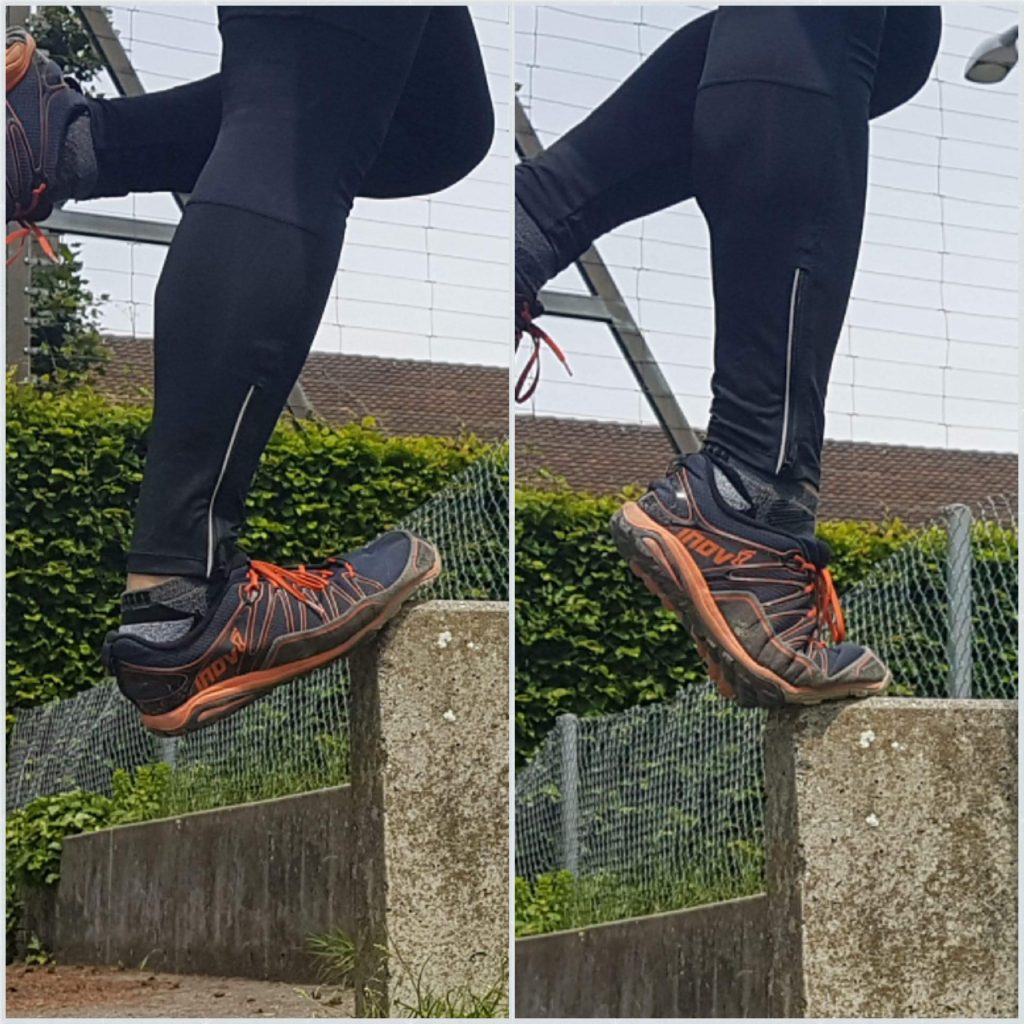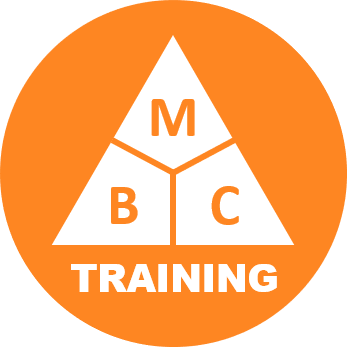Since it is clearly such a functional part of the body, it seems appropriate to dedicate some time to discuss and give some tips for training the calves.
The calf muscle is clearly extremely strong, able to output high volume of reps, able to handle shock, and develop power.
As a general principle I advocate full range of motion in exercises. Partial range reps can be used tactically to develop lagging parts; but then reverting to full RoM.
The calf is a clear example of benefiting from this. Full RoM not only develops function through the full movement, but also aesthetically we achieve a fuller looking muscle. The lower leg should complement the upper leg, both functionally (to maintain biomechanical balance) and aesthetically.

If you get the chance have a look at the calves of someone who does a lot of uphill walking/running. Typically they will have calf muscles which are well developed further down the lower leg.
Those people who do not practise are also easily spotted as the belly of the calf muscle is much higher up.
While this general principle applies to the calf and other muscles, I do need to add qualifier here. Genes can play a big part as to the basic underlying structure e.g. defining attachment points. But this should not be used as an excuse either!
Training will optimise to the fulfil the genetic potential we have, not exceed it.
There is debate on how much is effected by genetics. A good typical discussion can be read here.
Tips
Without giving too many secrets away (!) on technique, here are a few tips for training the calves.
Calves need time to see changes. Without the patience to keep going to earn the knowledge, there is no point in being given hard earned wisdom on a plate.
So experiment with these; with practise the knowledge will come to you anyway when you are ready.
- Calves have a high density of muscle fibres, so need to be hit hard to develop
- Deep stretch; if it’s not burning you are probably not going deep enough into the stretch
- Make sure to warm the calves up prior to running/explosive exercises; otherwise the shock which should be absorbed by a nice pliable muscle will be transferred to the Achilles tendon. A sure recipe for tendonitis
- As a side note there is crossover with another post on transitioning to forefoot strike running. Click here


